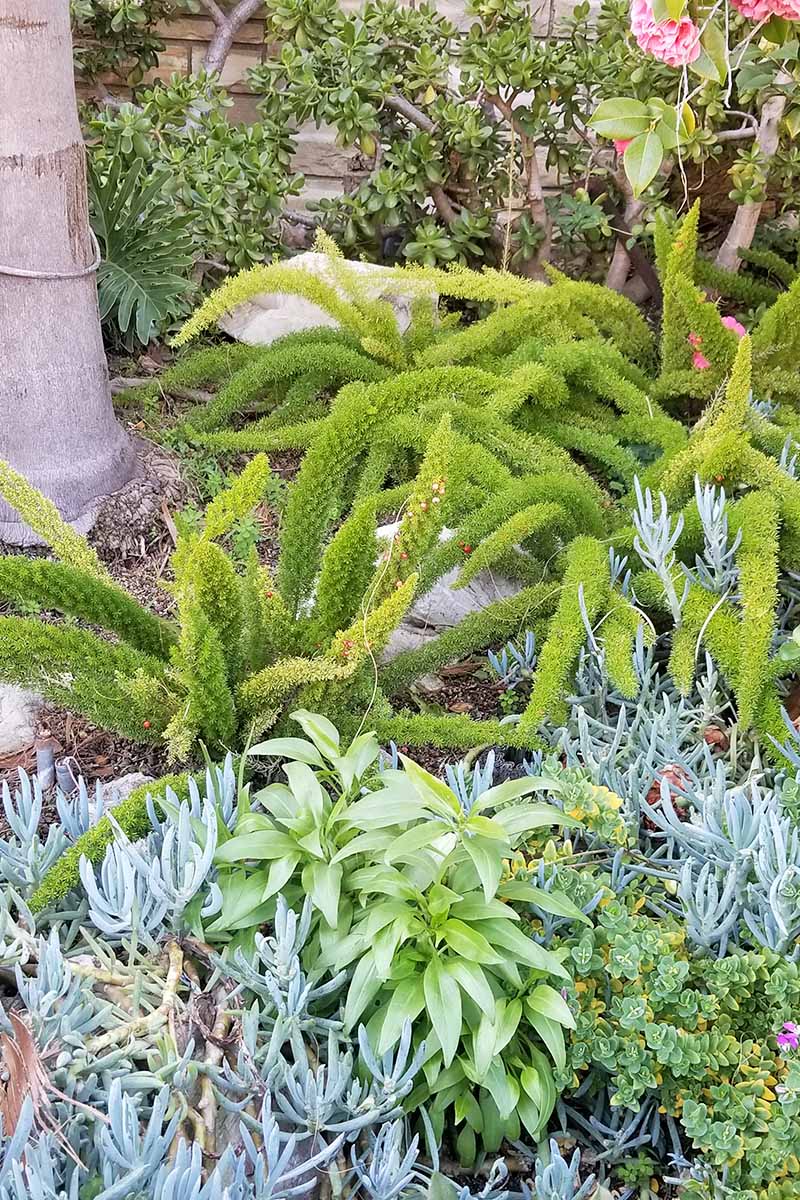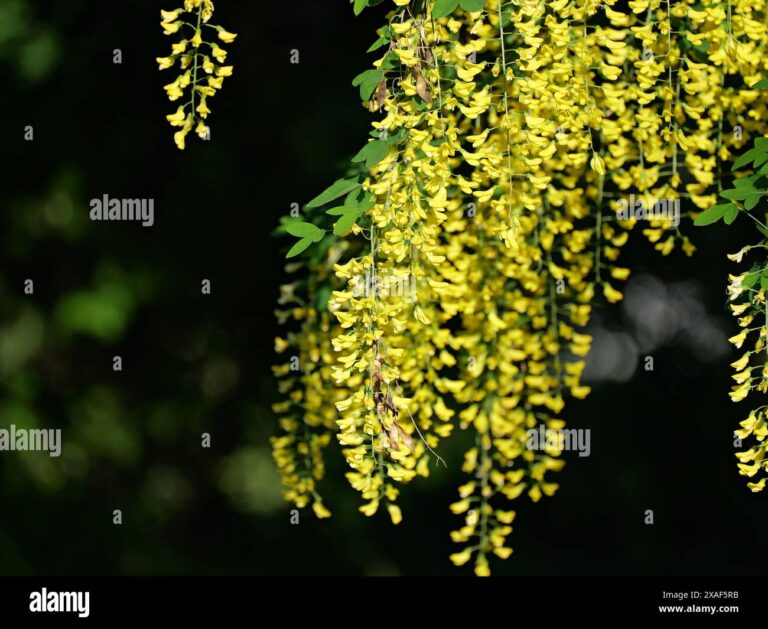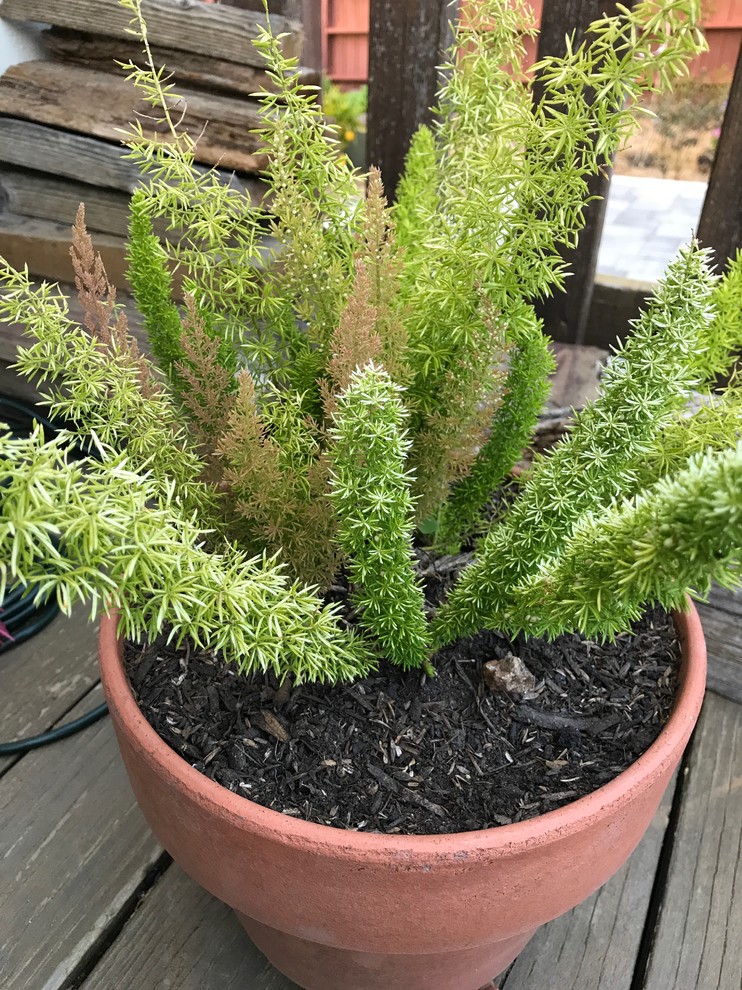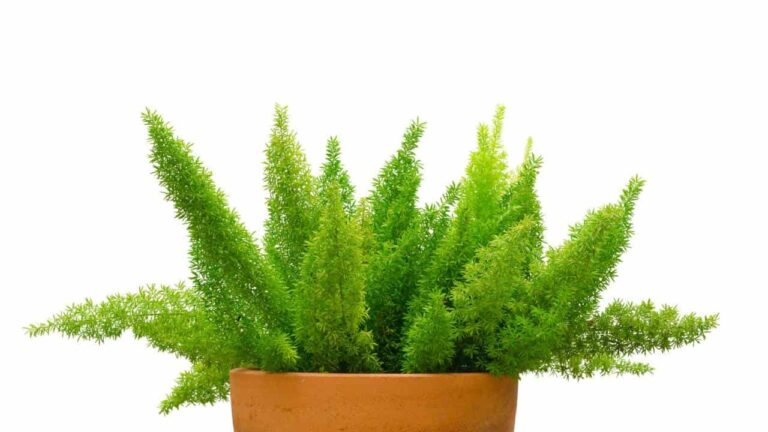Outdoor Fern Care Basics
When it comes to fern plant care, understanding the fundamentals of pruning and encouraging new growth is essential for maintaining healthy outdoor ferns.
Pruning Techniques for Ferns
Proper pruning is key to maintaining the shape and size of evergreen ferns, as well as encouraging new growth. Pruning should ideally be done in late winter or early spring, just before the onset of new growth. This timing helps prevent damage to emerging shoots (Shiplap and Shells).
Different types of garden ferns require unique pruning techniques:
- Lady Ferns (Athyrium filix-femina):
- Possess soft, delicate fronds.
- Prune by cutting back dead or damaged fronds to the base.
- Ensure not to cut the main stem.
- Sword Ferns (Nephrolepis exaltata):
- Have sturdy, leathery fronds.
- Remove old, brown fronds first.
- Cut close to the ground to encourage new growth.
- Boston Ferns (Nephrolepis exaltata ‘Bostoniensis’):
- Known for dense foliage.
- Thin out older fronds to improve air circulation.
- Trim the tips to maintain length.
A clean pair of pruning shears is recommended to make precise cuts. Removing dead or damaged fronds not only enhances the appearance but also promotes healthier plant growth.
Promoting New Growth in Ferns
Promoting new growth in outdoor ferns involves multiple practices beyond pruning. Ensuring adequate water, light, and nutrients is essential:
- Watering:
- Consistent moisture is crucial.
- Avoid overwatering, which can lead to root rot.
- Light:
- Ensure ferns receive indirect light; direct sunlight can cause fronds to burn.
- For specific light needs, refer to fern plant light requirements.
- Nutrient Supply:
- Use a balanced, slow-release fertilizer in the growing season.
- Compost is beneficial for organic matter.
- Spacing:
- Proper spacing allows each fern to grow without competition.
- Avoid overcrowding to reduce pest and disease incidence.
By following these best practices in fern plant care, gardeners can maintain vibrant and healthy outdoor ferns, ensuring they thrive in their garden environment.
For more gardening tips, including how to handle fern plant diseases and pests, read our section on Common Fern Diseases and Pests.
Remember to always monitor your ferns for signs of stress or poor health, such as browning fronds (fern plant turning brown) or unusual growth patterns, to provide timely care and maintenance.
Sun-Loving Fern Varieties
Ferns for Sunny Locations
While many ferns prefer the shade, some varieties can thrive in sunnier environments, making them ideal for gardeners seeking to add ferns to sunny spots. Here’s a look at some sun-loving fern varieties:
| Fern Variety | Sun Exposure | Special Features |
|---|---|---|
| Australian Sword Fern (Nephrolepis cordifolia) | Full sun to half-day shade | Drought-tolerant, has storage tubers on the roots for water and nutrient reservoirs (The Arbor Gate) |
| Kimberly Queen Fern | Partial sun to full sun | Can withstand more sun exposure, suitable for pots or hanging baskets (Fairview Garden Center) |
| Tennessee Ostrich Fern | Partial shade to full sun | Prefers well-draining soil, provides spacing for air circulation to reduce pests (Tennessee Wholesale Nursery) |
These ferns not only add aesthetic value but also are resilient and adaptable to various outdoor conditions. For detailed guides on individual fern care, visit our pages on fern plant care and fern plant light requirements.
Watering Tips for Sun-Loving Ferns
Proper watering is crucial for maintaining healthy sun-loving ferns. Here are some tips to ensure your ferns receive the right amount of water:
- Avoid Overwatering: Sun-loving ferns such as the Australian Sword Fern can tolerate less frequent watering. Overwatering can lead to root rot and plant death (The Arbor Gate).
- Allow Soil to Dry: Ensure the soil dries out between watering sessions to prevent excess moisture and related issues.
- Proper Drainage: Use well-draining soil to avoid waterlogging. Ferns like the Tennessee Ostrich Fern thrive in such conditions (Tennessee Wholesale Nursery).
- Check Moisture Levels: For ferns that have been recently transplanted or placed in pots, monitor the moisture levels closely using a soil moisture meter or manual inspection.
| Fern Variety | Watering Frequency | Soil Type |
|---|---|---|
| Australian Sword Fern | Weekly | Well-draining, humus-rich soil |
| Kimberly Queen Fern | Every 5-7 days | Potting mix with good drainage |
| Tennessee Ostrich Fern | Weekly | Neutral to acidic, well-draining soil |
For further reading on watering practices and preventing related diseases, check our articles on fern plant watering and fern plant turning brown.
By following these tips and insights, gardeners can effectively care for their sun-loving ferns and enjoy their lush, green beauty throughout the growing season.
Common Fern Diseases and Pests
Proper care is essential for maintaining healthy ferns and preventing common diseases and pests that can affect these plants. Here, we’ll discuss two prevalent issues: leaf spot and root rot.
Identifying and Treating Leaf Spot
Leaf spot is a common disease that can affect ferns, caused by various fungi. It manifests as brown or black spots on the leaves, which can lead to significant damage if not addressed promptly.
- Symptoms: Small, dark spots on the foliage that can grow and merge, causing the leaves to yellow and die.
- Causes: Overhead watering, poor air circulation, and humid conditions can promote fungal growth (Plants for All Seasons).
- Prevention and Treatment:
- Avoid overhead watering to prevent water from settling on the leaves.
- Ensure proper spacing between plants to improve air circulation.
- Remove and dispose of affected leaves to reduce the spread of the fungi.
- Use a fungicide if the problem persists.
| Symptom | Cause | Prevention Tip | Treatment Method |
|---|---|---|---|
| Brown/Black Spots | Fungal Infection | Avoid overhead watering | Remove affected leaves |
| Poor Air Circulation | Ensure proper air circulation | Apply fungicide if needed |
For more tips on preventing and treating common fern diseases, visit our article on fern plant care.
Addressing Root Rot in Ferns
Root rot is another prevalent issue in ferns, typically caused by overwatering and poor drainage. This condition can seriously affect the plant’s health if not addressed.
- Symptoms: Wilting, yellowing, and mushy roots.
- Causes: Excessive watering and poorly drained soil, leading to waterlogged conditions.
- Prevention and Treatment:
- Avoid overwatering and ensure the soil has good drainage.
- Use well-draining potting mix if planting in containers.
- If root rot is detected, remove the plant from its pot, trim away the affected roots, and repot in fresh, well-draining soil.
| Symptom | Cause | Prevention Tip | Treatment Method |
|---|---|---|---|
| Wilting | Poor Drainage | Ensure well-draining soil | Trim affected roots, repot |
| Yellowing | Overwatering | Avoid excessive watering | Use fresh soil |
| Mushy Roots | Waterlogged Conditions | Use a well-draining potting mix | Repot and change watering habits |
Understanding and addressing these common issues is crucial for effective fern plant care to keep your ferns thriving. For further guidance on keeping your ferns healthy, explore our resources on fern plant care in winter and fern plant temperature tolerance.
Indoor and Outdoor Light Requirements
Understanding the correct light requirements for ferns is essential for ensuring their health and vitality. Specific types like Boston ferns have their own unique needs that must be met, regardless of whether they are grown indoors or outdoors.
Light Needs for Boston Ferns
Boston ferns thrive under moderate to high levels of bright, indirect light. These ferns can tolerate lower light conditions but may not grow as vigorously or produce as many fronds (Lively Root). For indoor settings, it’s important to provide them with at least a couple of hours of bright, filtered light daily. Prolonged exposure to direct sunlight can result in sunburn for these sensitive plants.
| Environment | Light Requirements |
|---|---|
| Indoors | Bright, indirect light, 2+ hours daily |
| Outdoors | Partial to full shade, dappled sunlight |
When grown outdoors, Boston ferns prefer partial to full shade. Locations with dappled sunlight or partially shaded spots where they can receive indirect light are suitable.
Optimizing Light Conditions for Ferns
For optimal growth, different fern species require varying light conditions. Knowing and adjusting to these conditions will help your ferns flourish, whether they are placed indoors, outdoors, in hanging baskets, or planted directly in the ground.
- Bright, Indirect Light: Ideal for most ferns, including Boston ferns. Place them near east or north-facing windows indoors. For outdoor locations, select spots under trees or structures that offer filtered sunlight.
- Partial Shade: This setting works well for outdoor ferns. Areas like the north side of a building or under dense foliage produce the right environment.
- Avoid Direct Sunlight: Direct sunlight can cause leaf burn and stress the plant. Ensure ferns are sheltered from harsh mid-day sun.
| Fern Type | Indoor Light | Outdoor Light |
|---|---|---|
| Boston Fern | Bright, indirect light | Partial to full shade |
| Maidenhair Fern | Filtered light | Light shade |
| Staghorn Fern | Indirect light | Bright, dappled shade |
Maintaining the right light balance is key to fern care. It’s beneficial to monitor for signs of too much or too little light by observing the fronds’ appearance. Yellowing or browning leaves can indicate improper lighting conditions. For more information on light conditions and specific fern types, visit our guide on fern plant light requirements.
Whether accommodating the light preferences for a fern growing in a pot indoors or optimizing conditions for outdoor varieties, prioritizing the plant’s light needs will promote healthy and lush growth. Adjust your care strategy accordingly to keep your ferns thriving in varied light environments.




